- Category
- Life in Ukraine
“They Wake Up to the Sound of Blasts.” How Kherson Stands Its Ground Against Russia, in Photos
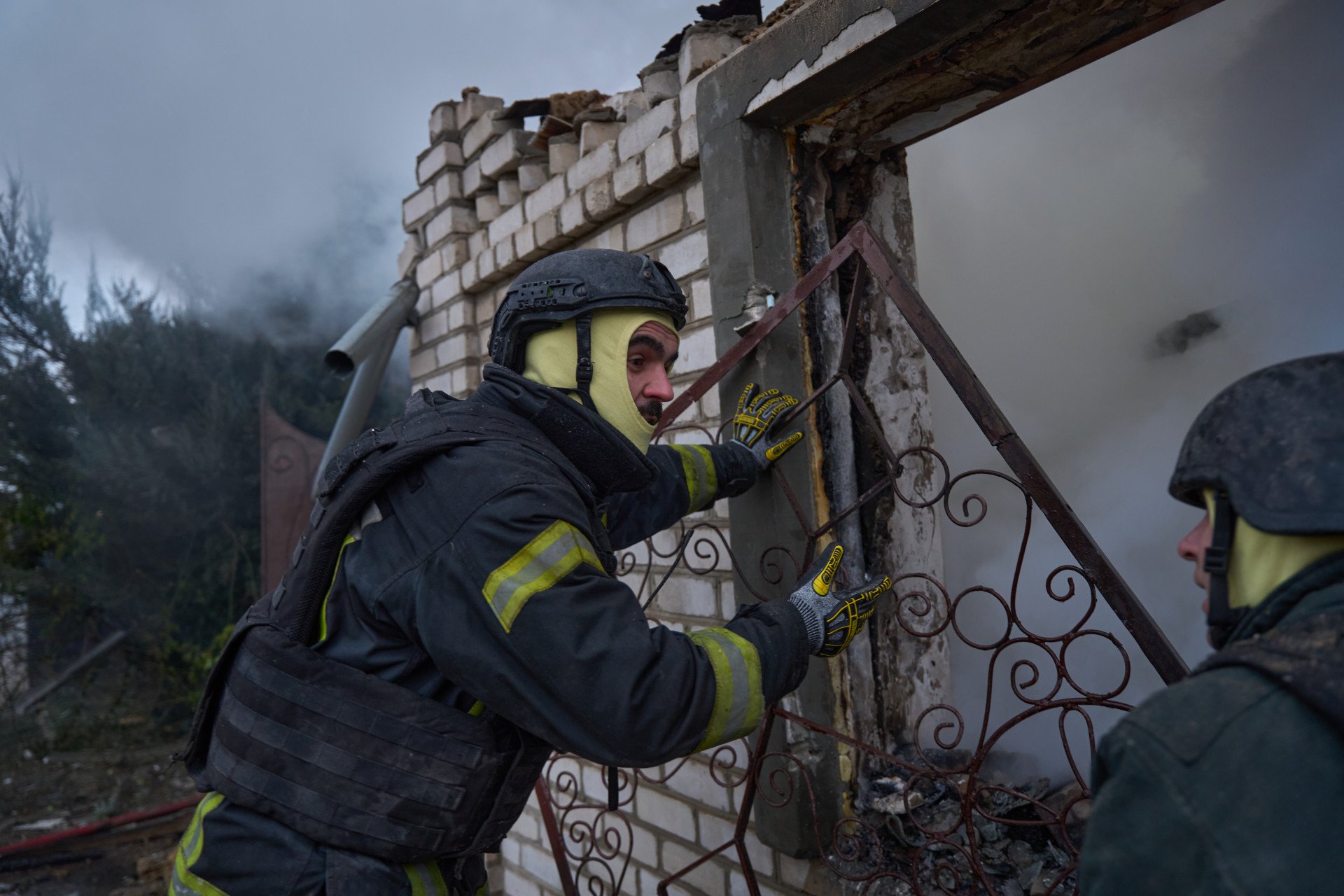
In Kherson, every sunrise could be the last. Even a brief visit reveals the brutal rhythm of life under constant Russian fire. But the city stands, thanks to its people. From shopkeepers to rescue crews, especially the State Emergency Service, everyday acts of courage keep the city alive.
I spent only half a day in Kherson—but it was enough to see the war in its rawest, most brutal form. Evacuations from the red zone. Russia’s shelling that targets civilians. Buildings reduced to rubble, only to be struck again the next day. For the people who remain, this is daily life.
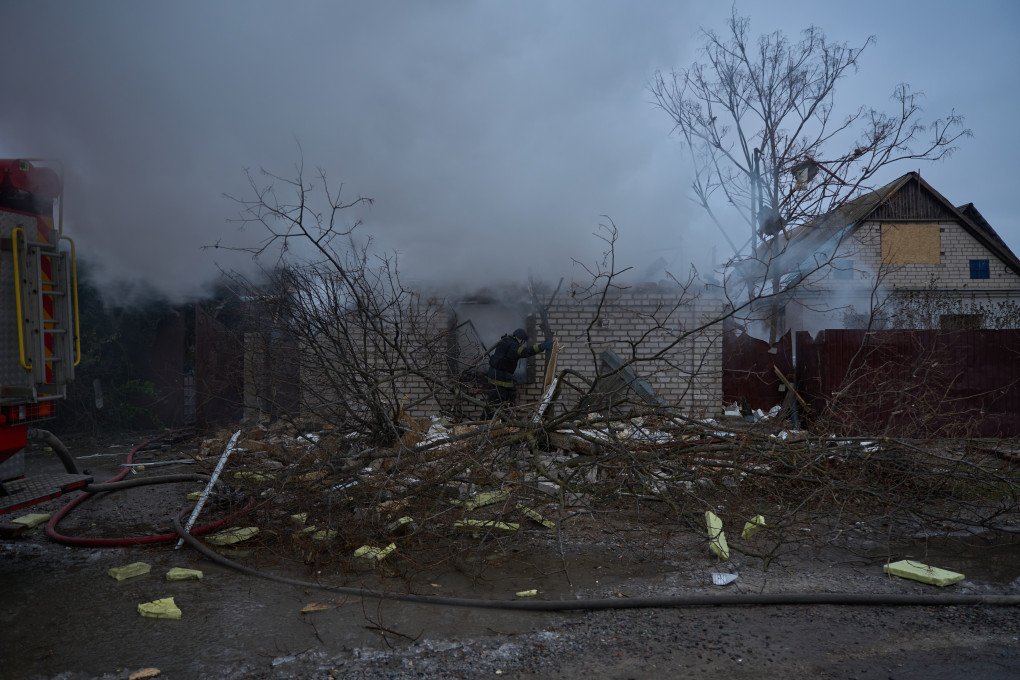
Kherson’s residents live in the space between life and death, and yet they persist. They wake up to the sound of blasts, knowing that at any moment, another Russian missile could destroy their homes. Still, they keep going.
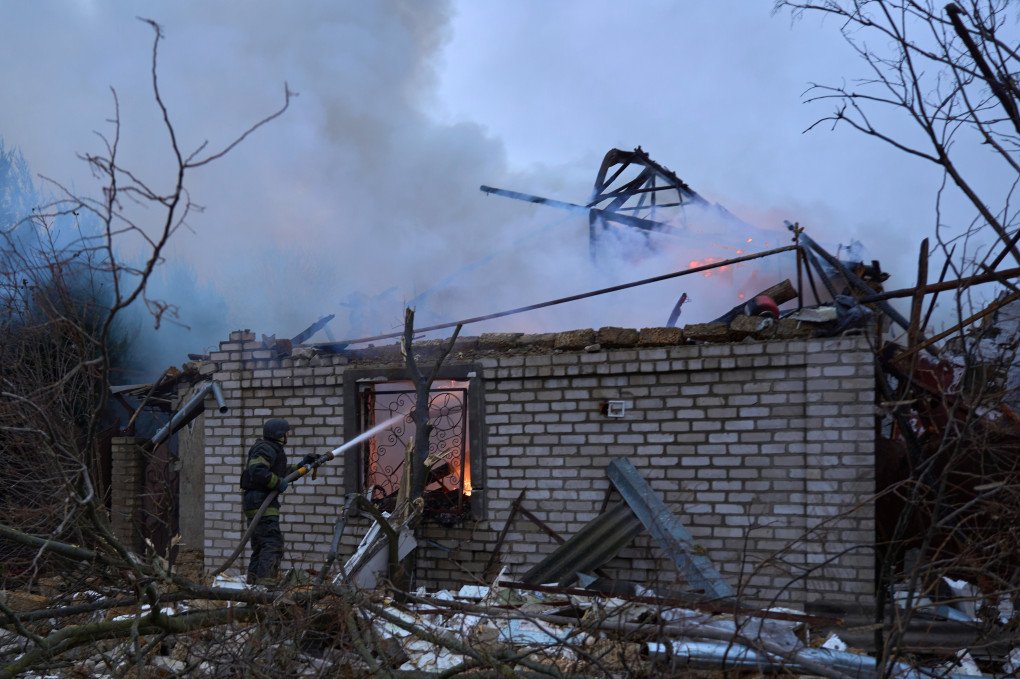
They go to work to keep the city alive. Cafés serve coffee. Shops stay open. Gas stations continue to operate. They aren’t just surviving—they’re holding each other up. Helping neighbors. Sharing what little they have. This is heroism—measured not in medals, but in grit, kindness, and resilience.
In this daily struggle to survive and protect one another, the rescuers of Ukraine’s State Emergency Service (SES) play a vital, often life-saving role. Their work goes far beyond extinguishing fires and clearing debris—it includes evacuating the wounded, demining neighborhoods, offering psychological support to victims, and, most importantly, rescuing those trapped in the grip of Russian terror.
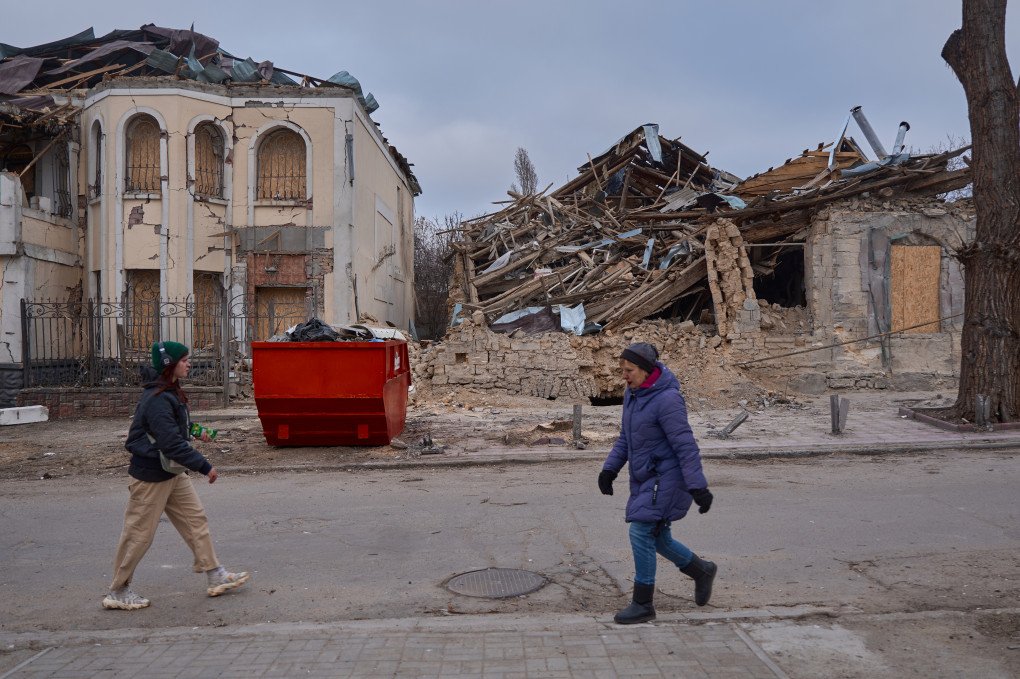
There are places, though, where life is no longer possible. The red zone is a lawless stretch of destruction, a place people flee from because staying means gambling with their lives.
Russian forces show no hesitation: they shell ambulances, fire on evacuation convoys, and kill the elderly. In this war, there are no accidental victims—only deliberate terror aimed at civilians.
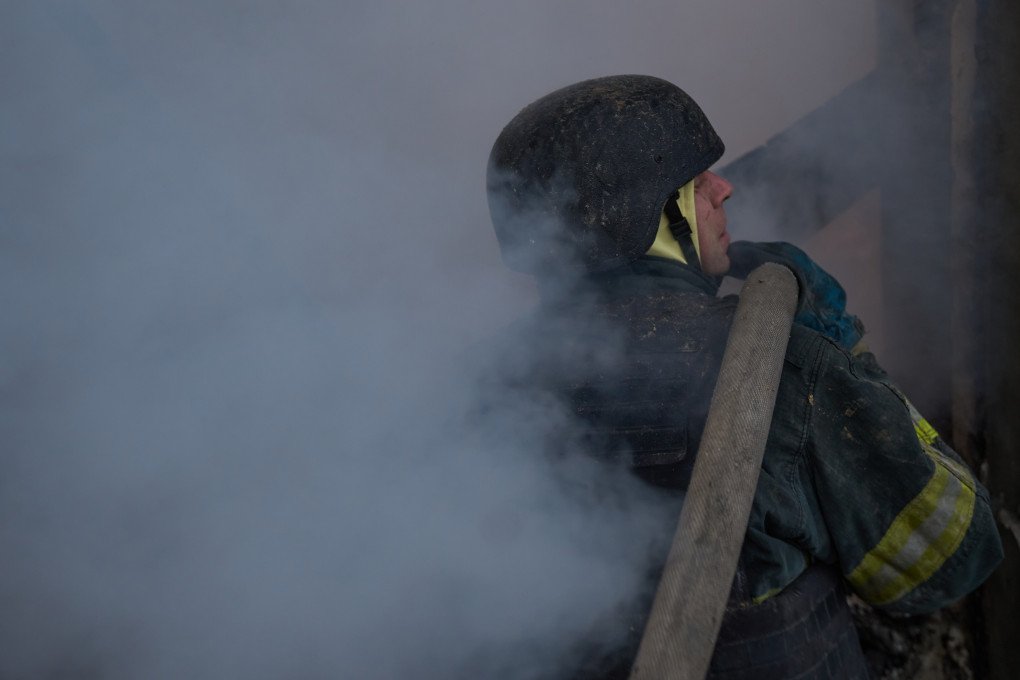
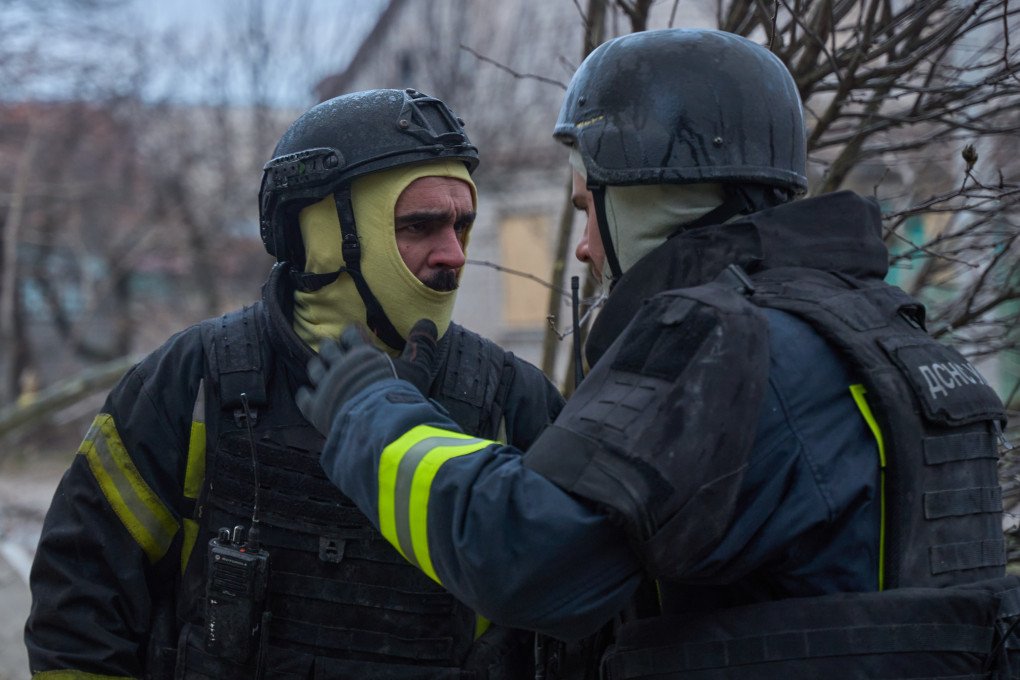
Kherson is a city that fights. It remains under constant fire, yet its people do not waver. There is no space for fear or apathy. Those who stay behind pull the wounded from the rubble. They deliver medicine to those who can’t make it to hospitals. They comfort neighbors who’ve lost their homes, their limbs, their loved ones.
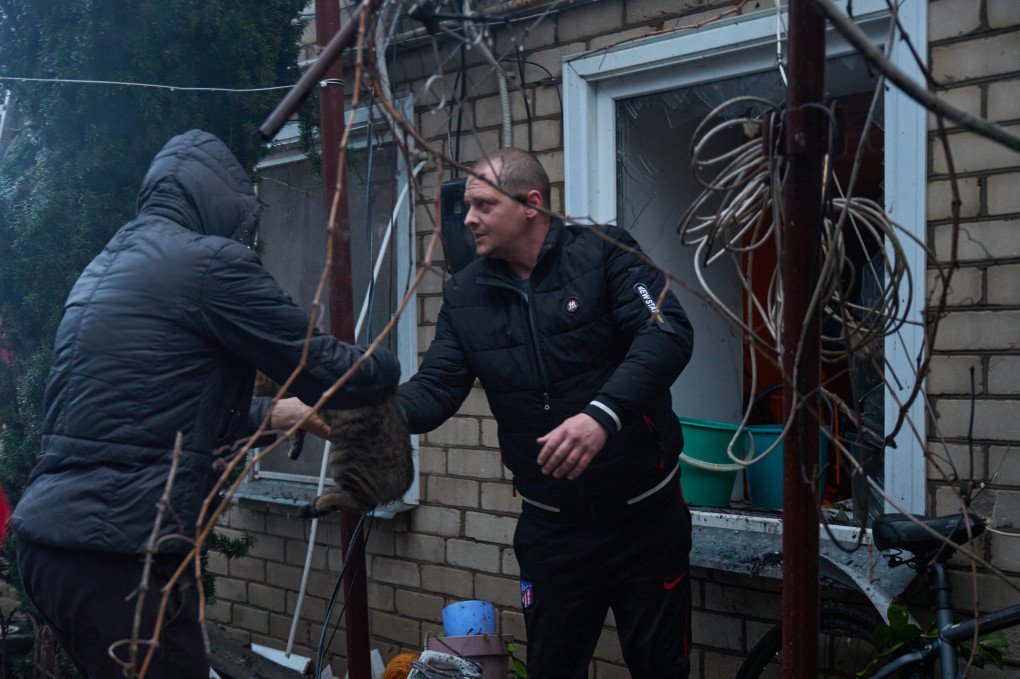
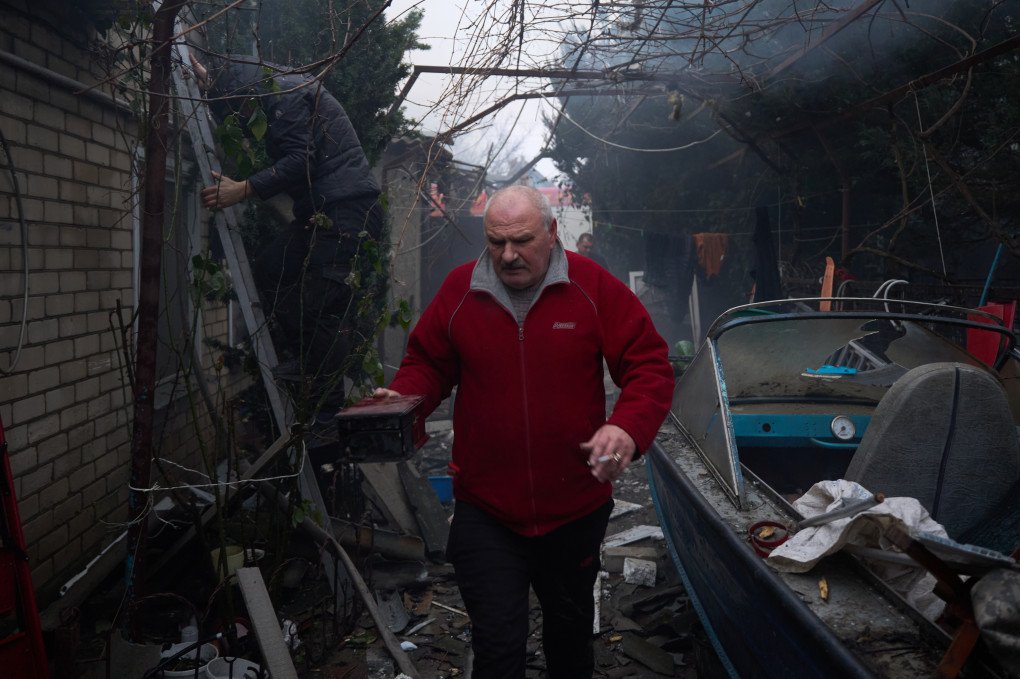
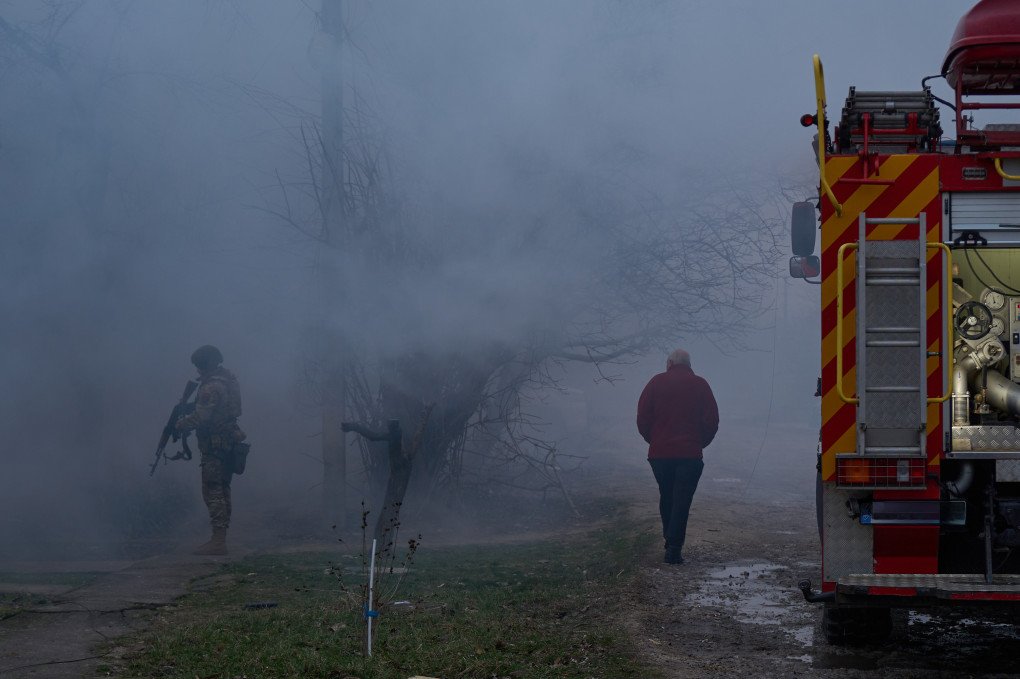
The world has already heard about Russia’s war crimes. But these stories must be told again—and again—so no one forgets what is happening on Ukrainian soil. What Russia is doing to cities like Kherson.
Because Kherson is more than a frontline city. It is a symbol of resistance, of resilience. Its people prove every day that Ukraine cannot be broken.
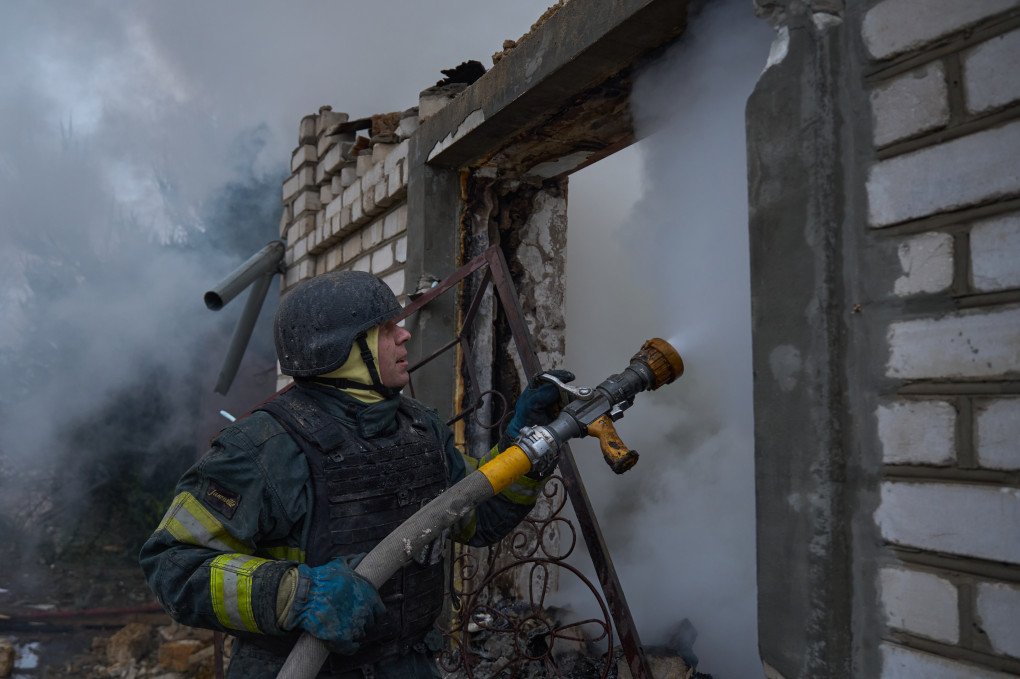
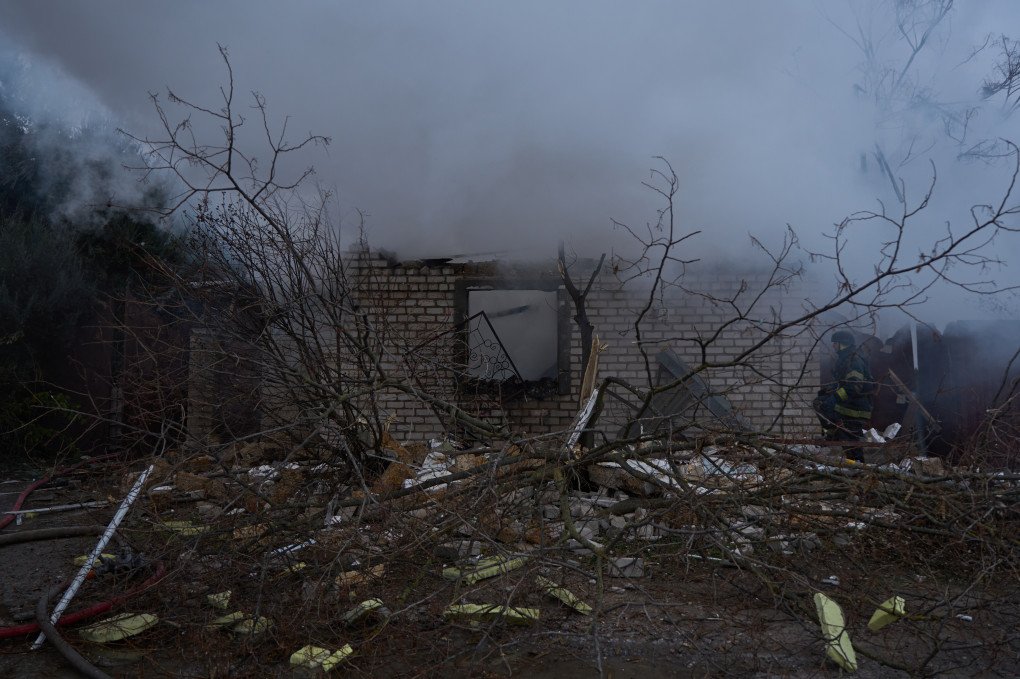
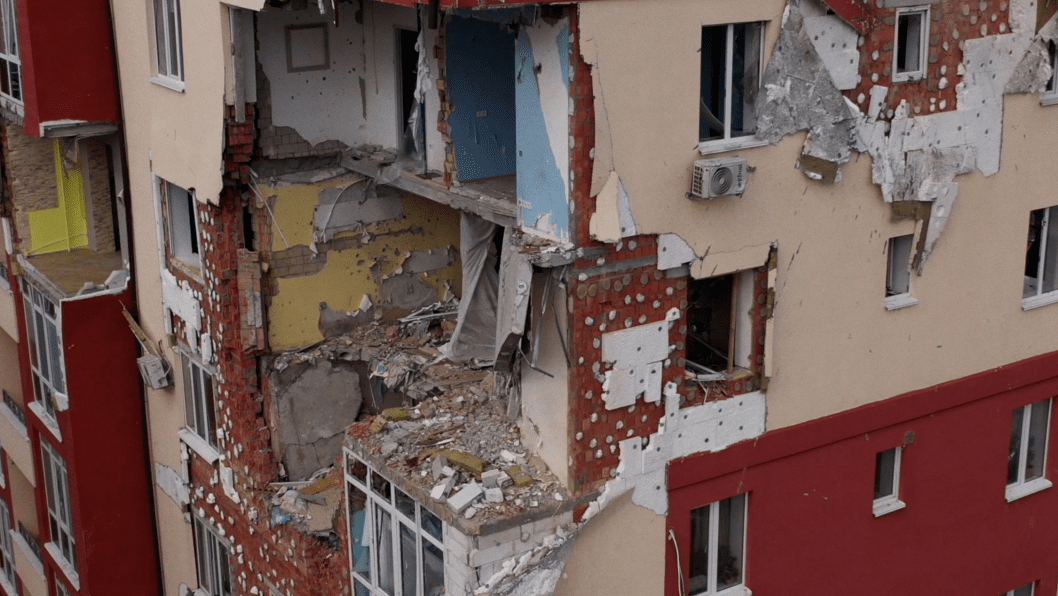
-42696701342093d1cdbc4069f0f07d6c.jpeg)

-29a1a43aba23f9bb779a1ac8b98d2121.jpeg)
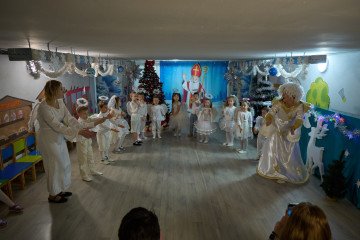
-f88628fa403b11af0b72ec7b062ce954.jpeg)
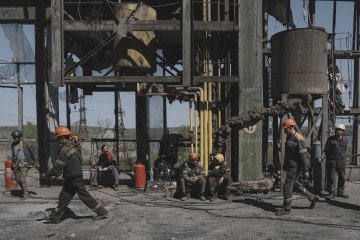
-24deccd511006ba79cfc4d798c6c2ef5.jpeg)

-73e9c0fd8873a094288a7552f3ac2ab4.jpg)